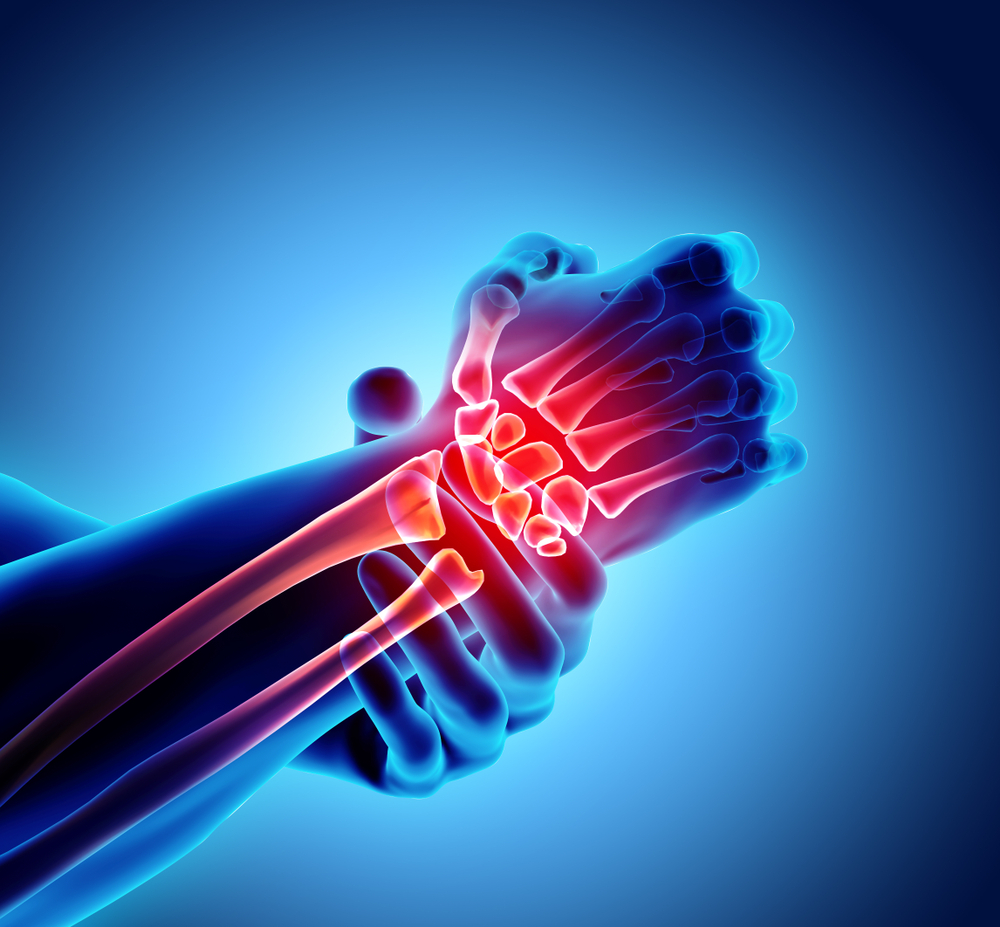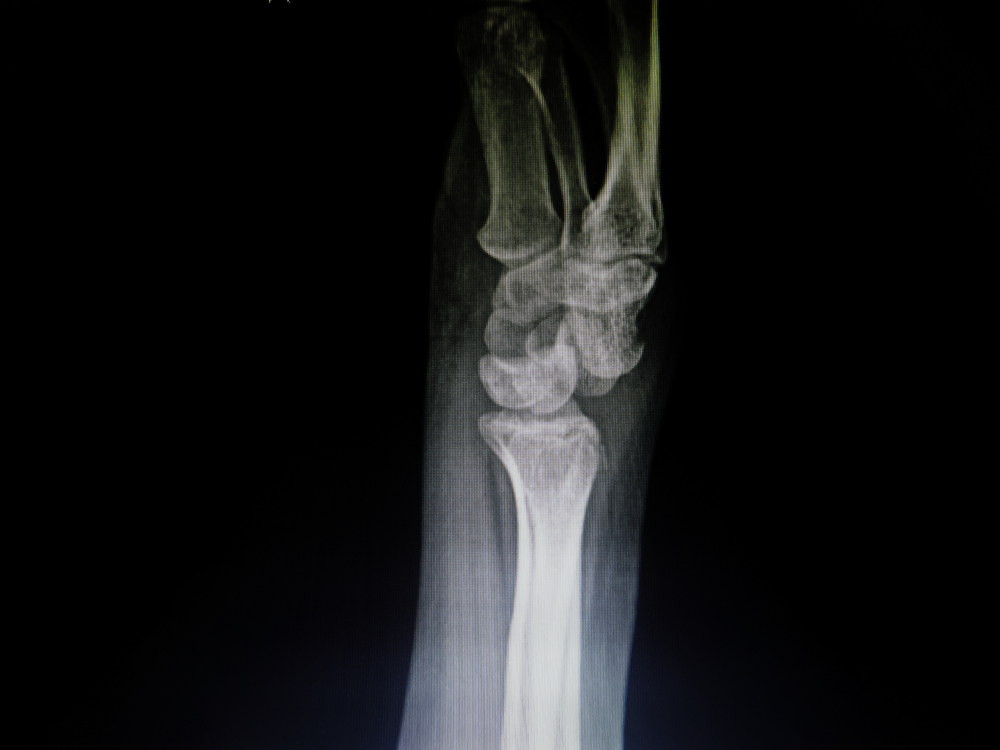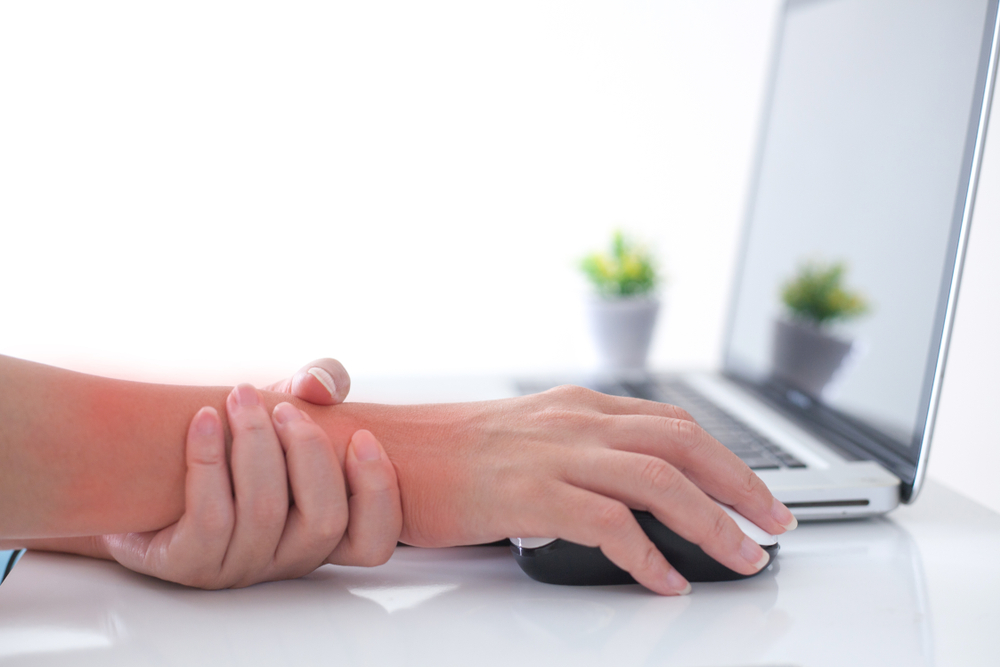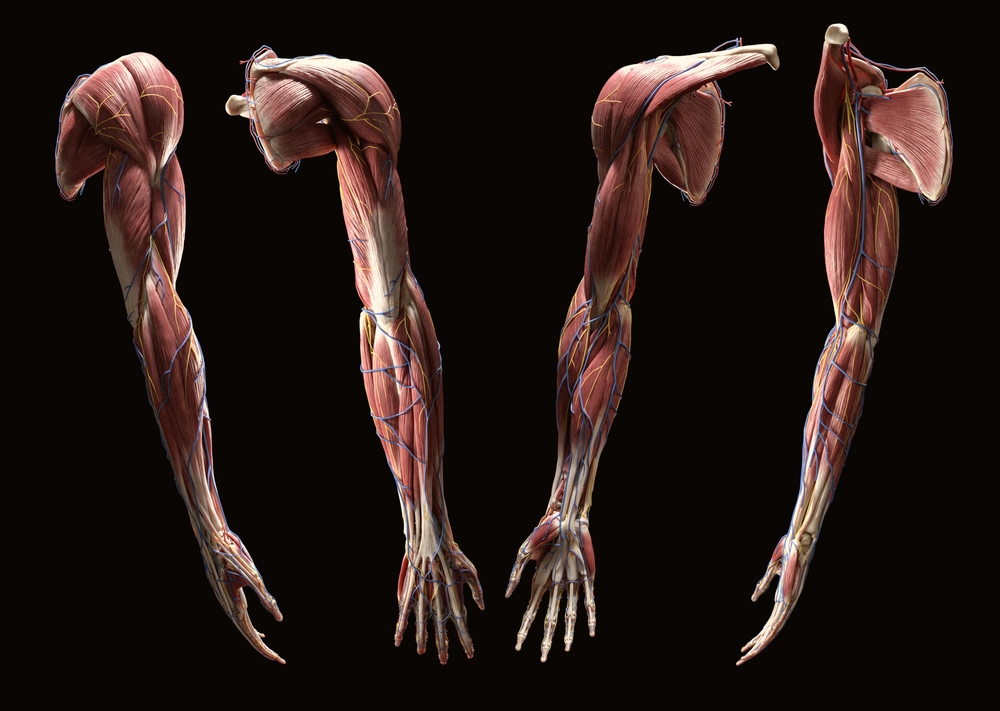A scapholunate ligament tear in the wrist is a common soft tissue injury.
Often, those who are involved in accidents that cause them to fall, such as bicycle accidents, motorcycle accidents or slip and falls, try to brace themselves placing their palms underneath as they strike the ground or a vehicle. This results in a very painful injury which can require extensive diagnostic testing to identify, and surgery to repair.
The sudden force and trauma to the wrist may damage a ligament called the scapholunate. This ligament connects and stabilizes the scaphoid and lunate bones, allowing for proper wrist movement.
Damage to the scapholunate cannot been seen on an x-ray and is often accompanied by a fracture in the scaphoid or lunate bones. An MRI could also miss the tear if it is small. Some doctors will use an arthrogram MRI which uses an injection of dye in the wrist.
There are four types of scapholunate ligament injuries:
- Predynamic or Occult: This is a mild injury that generally includes a partial tear, and usually cannot be seen in an x-ray.
- Dynamic: A dynamic scapholunate injury is when the ligament is completely torn or damaged so severely that the wrist does not function normally. Again, not seen on an x-ray.
- Static: A static scapholunate injury is when the ligament is completely torn and the surrounding scaphoid, lunate or other surrounding bones are damaged as well.
- Advanced Collapse (SLAC): This happens when the ligament is completely torn and may cause various forms of arthritis.

If you have suffered a similar injury to your wrist because of an accident that was caused by another person’s actions, call our office for a free evaluation of your claim. You may be entitled to compensation for this severe wrist injury, and our attorneys can help.
Prognosis for Scapholunate Ligament Tears
The vast majority of patients with a scapholunate ligament tear will have long-term pain and stiffness in the wrist. A small percentage of patients may be able to regain some function with surgery, but this is often not complete or perfect.
Most patients will require lifelong treatment for their condition, which may include splinting, medications, and/or injections. Some patients may eventually require surgery to fuse the bones in the wrist (wrist arthrodesis).
If you have been diagnosed with a scapholunate ligament tear, it is important to follow your doctor’s recommendations for treatment. This will help to minimize your symptoms and improve your overall quality of life.
Scapholunate ligament tears do not heal by themselves. That means even if your symptoms improve, the ligament will still be torn.
Athletes who play contact sports or participate in activities that put stress on the wrist (such as gymnastics) are at risk for re-injuring the scapholunate ligament. It is important to avoid these activities if you have a scapholunate ligament tear.
If you have suffered a scapholunate ligament tear, the attorneys at TORKLAW may be able to help you recover compensation for your injuries.
What Is the Scapholunate Ligament?
The scapholunate ligament is a ligament that connects the scaphoid bone to the lunate bone in the wrist. The scaphoid and lunate bones are two of the small bones that make up the wrist.
The scapholunate ligament is important for the stability of the wrist. It helps to keep the scaphoid and lunate bones in their proper position.
A scapholunate ligament tear is a partial or complete tear of the ligament that connects the scaphoid bone to the lunate bone.

Symptoms of a Scapholunate Ligament Tear
The symptoms of a scapholunate ligament tear may vary depending on the severity of the injury. Mild scapholunate ligament tears may not cause any symptoms, while more severe scapholunate ligament tears can cause pain and swelling in the wrist.
The pain may be worse with activity or when the wrist is moved into certain positions. And in some cases, a scapholunate ligament tear can also cause the bones in the wrist to move out of place (wrist subluxation or dislocation). This can cause additional pain and swelling.
Diagnosis of a Scapholunate Ligament Tear
The diagnosis of a scapholunate ligament tear is typically made based on a review of your symptoms, a physical examination, and imaging tests.
Your doctor will ask about your symptoms and how the injury occurred. They will also perform a physical examination of your wrist.
Imaging tests, such as X-rays, CT scans, or MRIs, may also be ordered to assess the extent of the injury.
Treatment of a Scapholunate Ligament Tear
The treatment of a scapholunate ligament tear will vary depending on the severity of the injury.
Mild scapholunate ligament tears may be treated with splinting, immobilization, or physical therapy.
More severe scapholunate ligament tears may require surgery to repair the ligament. Surgery may also be necessary to stabilize the bones in the wrist.
Recovery from a Scapholunate Ligament Tear
The recovery from a scapholunate ligament tear can take several months. After surgery, you will likely need to wear a splint or cast for four to six weeks. Physical therapy may also be recommended to help restore the range of motion and strength in the wrist.
It’s true that some patients are able to regain some function with surgery, but most will require lifelong treatment, such as splinting or physical therapy.
The attorneys at TORKLAW have extensive experience handling complex personal injury cases, including those involving scapholunate ligament tears. We will work tirelessly to get you the justice and compensation you deserve.
Getting Compensation for Your Injury
If you’ve suffered a scapholunate ligament tear due to someone else’s negligence, you may be entitled to compensation. The first step is to contact a personal injury lawyer who can evaluate your case and help you get the compensation you deserve.
The lawyers at TORKLAW have years of experience handling personal injury cases, and we’re here to help you get the justice you deserve. Contact us today for a free consultation. We’ll review your case and help you understand your legal options.

Why Call TORKLAW for a Scapholunate Ligament Tear?
If you have suffered a scapholunate ligament tear, you may be wondering if you should call an attorney. Here are four reasons why contacting TORKLAW may be the best decision for you:
1. We can help you get the compensation you deserve.
A scapholunate ligament tear may entitle you to financial compensation for your medical bills, lost wages, and pain and suffering. Our attorneys have experience in this type of case and can help you get the full amount of money you deserve.
2. We will handle all the paperwork and negotiations for you.
Dealing with insurance companies can be frustrating and time-consuming. When you hire TORKLAW, we will take care of all the paperwork and negotiations for you. This will allow you to focus on your recovery.
3. We have a proven track record of success.
We have recovered millions of dollars for our clients who have been injured in accidents. In fact, we have recovered over $300 million for our clients since 2012. We have the experience and resources to get you the best possible outcome in your case.
At TORKLAW, we know what it takes to win these cases, and we will put our experience to work for you.
4. We offer a free evaluation.
If you have been injured in an accident, we want to hear from you. We offer a free evaluation so that we can evaluate your case and discuss your legal options. There is no obligation to hire us, and we will not pressure you into making a decision.
5. If you don’t get paid, we don’t get paid.
Our services are provided on a contingency fee basis—this means you only pay us if we obtain compensation for you. If we don’t win your case, you won’t owe us anything.
If you have been injured in an accident, call TORKLAW today to schedule a free evaluation. We will fight for the compensation you deserve. To get started, call (888) 845-9696 or complete our online contact form.





